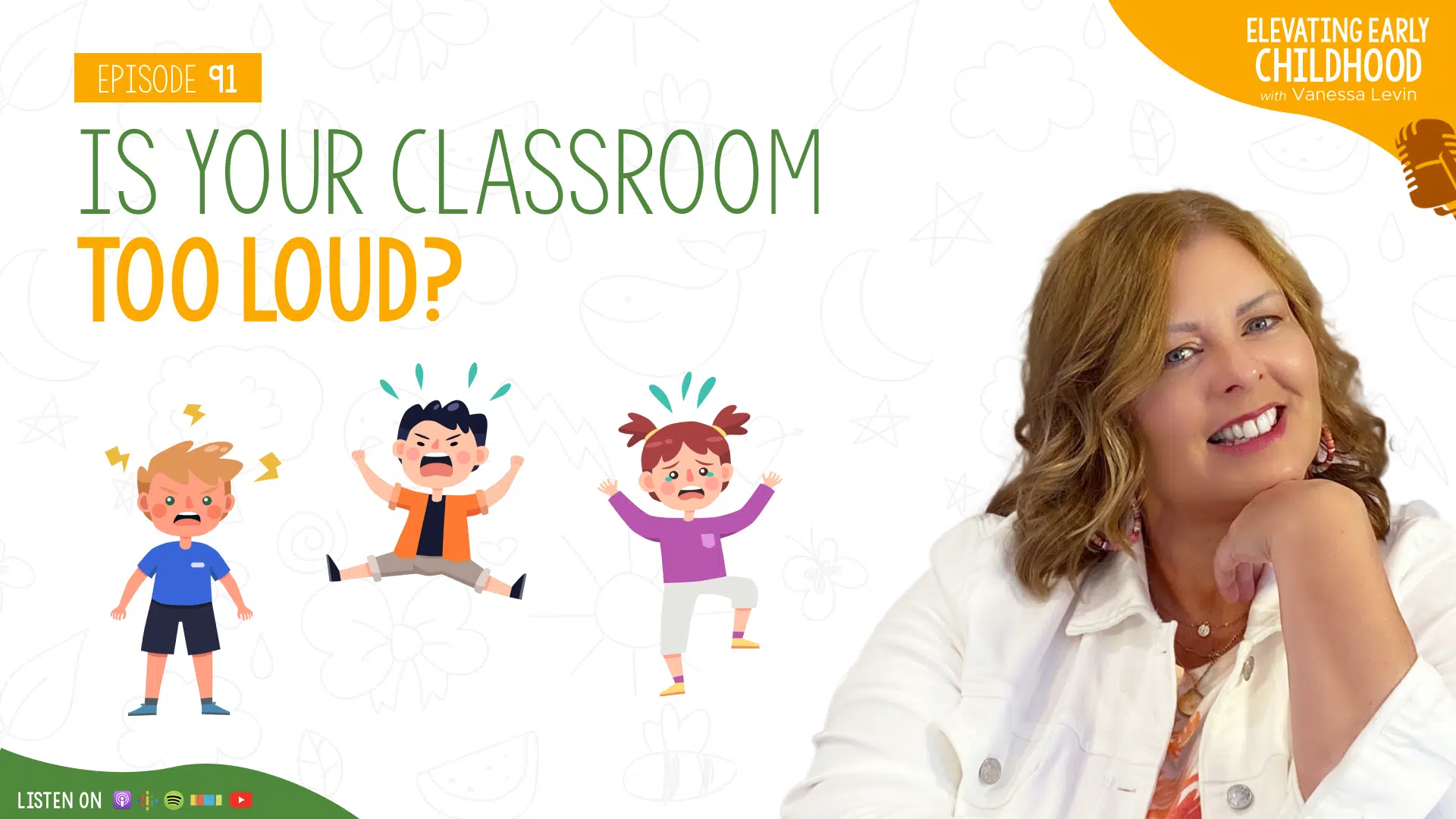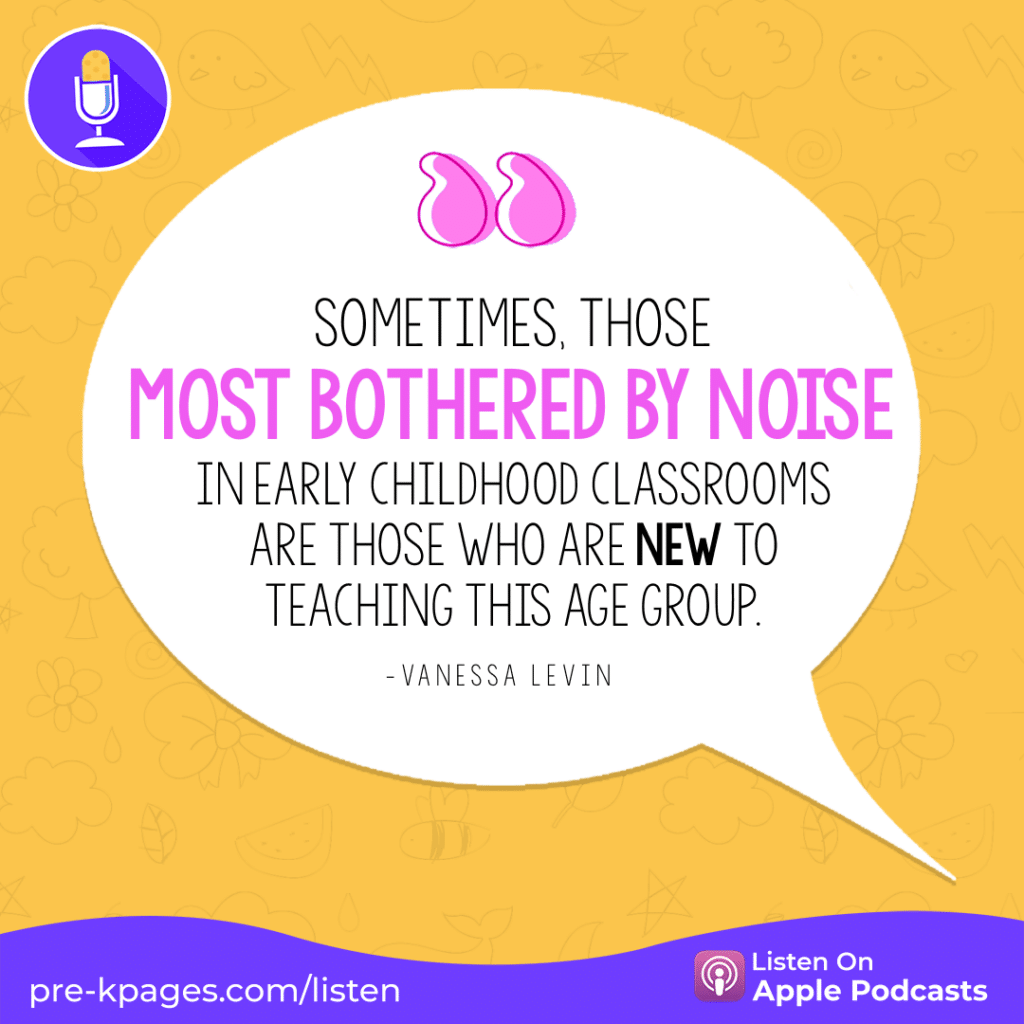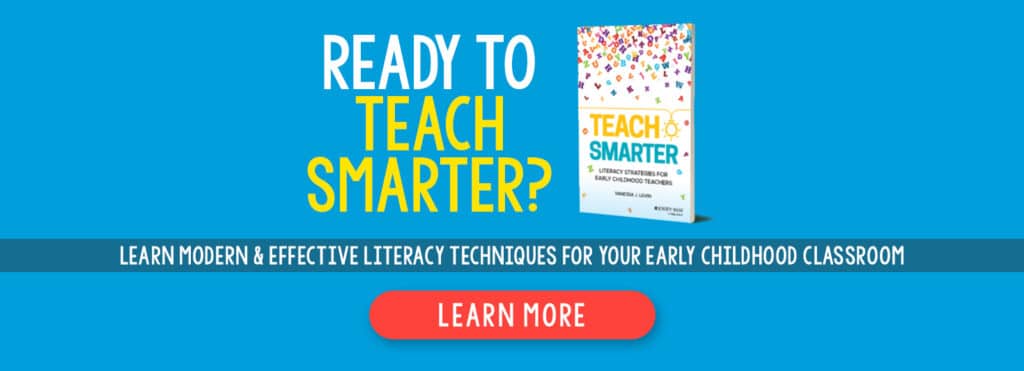Friends, I have a question for you: Are the students in your classroom too loud?
If so, then welcome to the club no one wants to join (yes, I have jokes).
I can relate to students who have trouble keeping their outside voices where they belong, outside.
And principals who complain about a loud classroom.
No matter what has brought you here, you and I both know there is no magic fix for this little (but very loud) problem.
Yes, we all wish we had a magic wand sometimes. Alas, no one has discovered that yet. So, we’ll have to go with the next best thing…
What’s that?
Tune in to this week’s episode to find out.
Are you ready?
Let’s dive in!
But First, a Quick Story!
A loud classroom can be difficult to deal with. I would know, I’ve been there countless times. Every year it seems to be a struggle to get kids to use indoor voices in the classroom, and some years are more difficult than others.
There is one year that comes to mind for me. That year, I had four little boys in my class who all lived in the same apartment building. They’d been raised together and their moms were friends, so they were pretty close.
These boys played on the playground in their apartment complex together every single day since they could walk. They were more like brothers than classmates, which was great for them, but bad for me, because their shouting in the classroom was out of control.
I kept asking them to use their inside voices, but the problem was… they didn’t have inside voices to use!
Suffice to say, I was at my wits’ end. What was I supposed to do?
Well, years later, I developed a five-step solution to this issue (that I wish past me had thought about earlier), and today, I’m sharing it with you.
Discover My 5-Step Solution to a Loud Classroom
Almost every preschool teacher on the planet will tell you they have a loud classroom. It’s simply something that comes with the territory.
And while it may seem like you’re fighting a losing battle, there are ways to teach smarter, not harder when it comes to helping your kids understand the differences in voice volume and which situations are appropriate for each.
Here is a five-step solution that does just that.
Step #1
Ask yourself: Which noise level do I feel is appropriate for the age group I work with? Are my expectations realistic? Do I need to adjust my expectations? Sometimes, those most bothered by noise in early childhood classrooms are those who are new to teaching this age group.
You see, there is a big difference between teaching a class of three-year-old kids and teaching a class of seven-year-old kids. One of them needs much more work and effort to learn what inside and outside voices are compared to the other.
Step #2
Take into consideration the students in front of you. Ask yourself this question: Do they know what inside and outside voices are? Have I taught them how to modulate their voice levels? Your students won’t understand how to control their volume unless you teach them how.
Step #3
Use tools! Something as simple as a t-chart can be a great way to teach your students how to regulate their volume in the classroom.
Create an “Inside/Outside Voices” t-chart with your students. If your class has difficulty with specific voice levels like when they’re at centers or in the hallway, you can also create a chart for that at a separate time.
Step #4
As you know, I love using fingerplays as a learning tool. And guess what? You can also use them here! Use fingerplays with louder and softer voices to teach your students the concept of inside and outside voices. Fingerplays such as Itsy Bitsy Spider and Two Little Red Birds are perfect for this.
Step #5
As always, don’t forget to use visual cues. A lot of children learn better when we use pictures and images. So, naturally, our last step is to use visual cues to scaffold for success.
I discuss all of this in more depth (plus share some pitfalls to avoid and troubleshooting tips) in the episode above, so make sure to give it a listen when you can!






